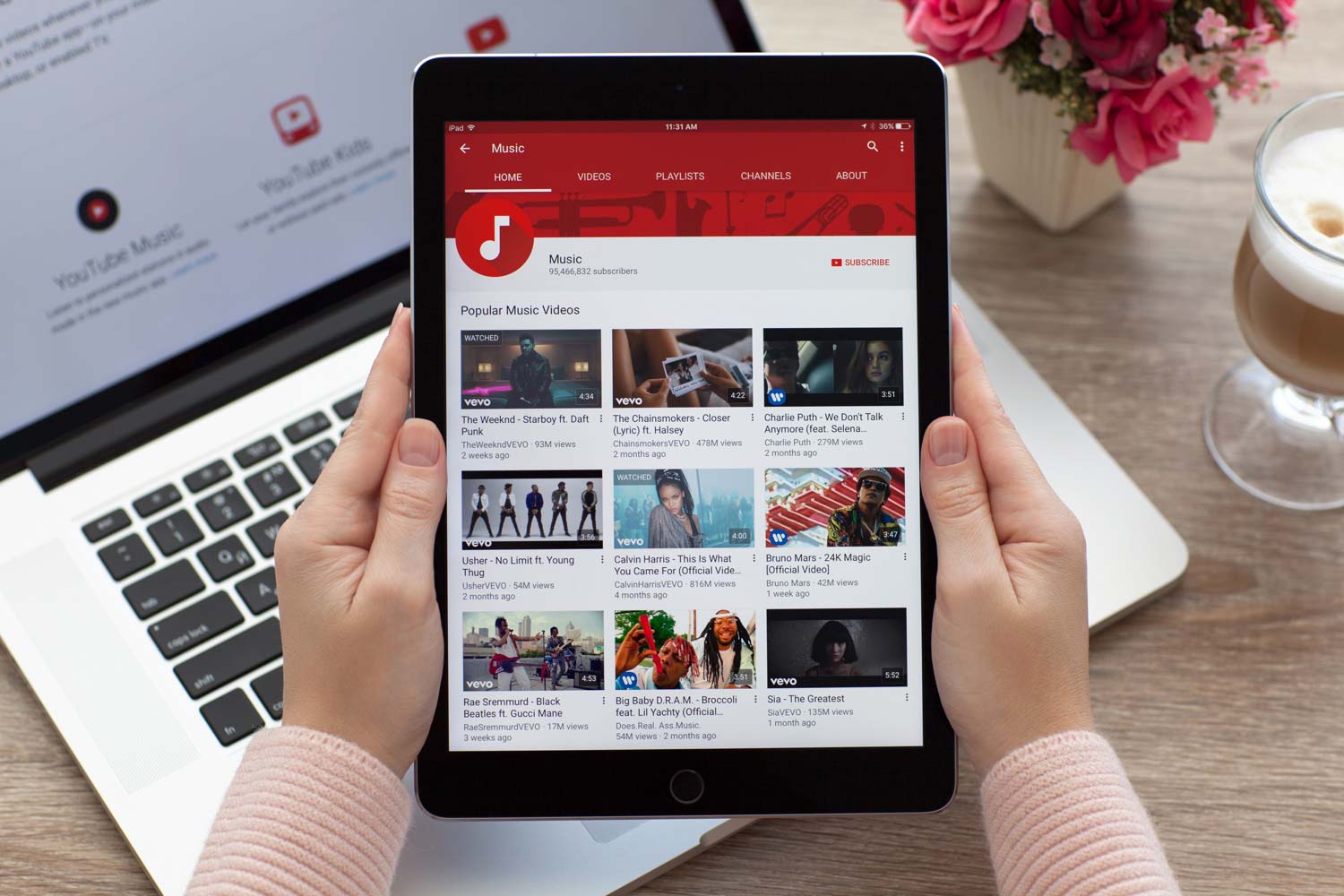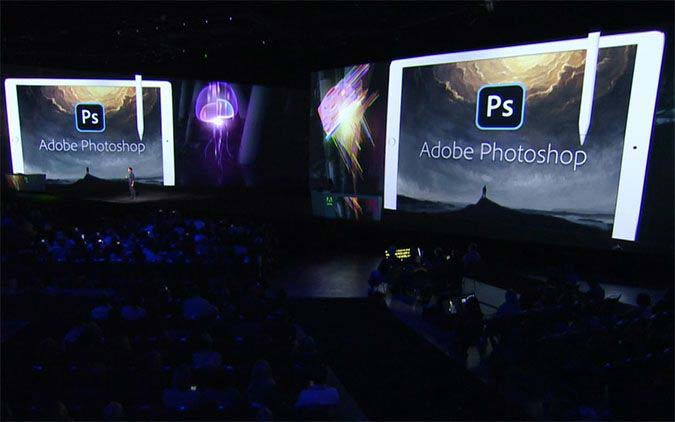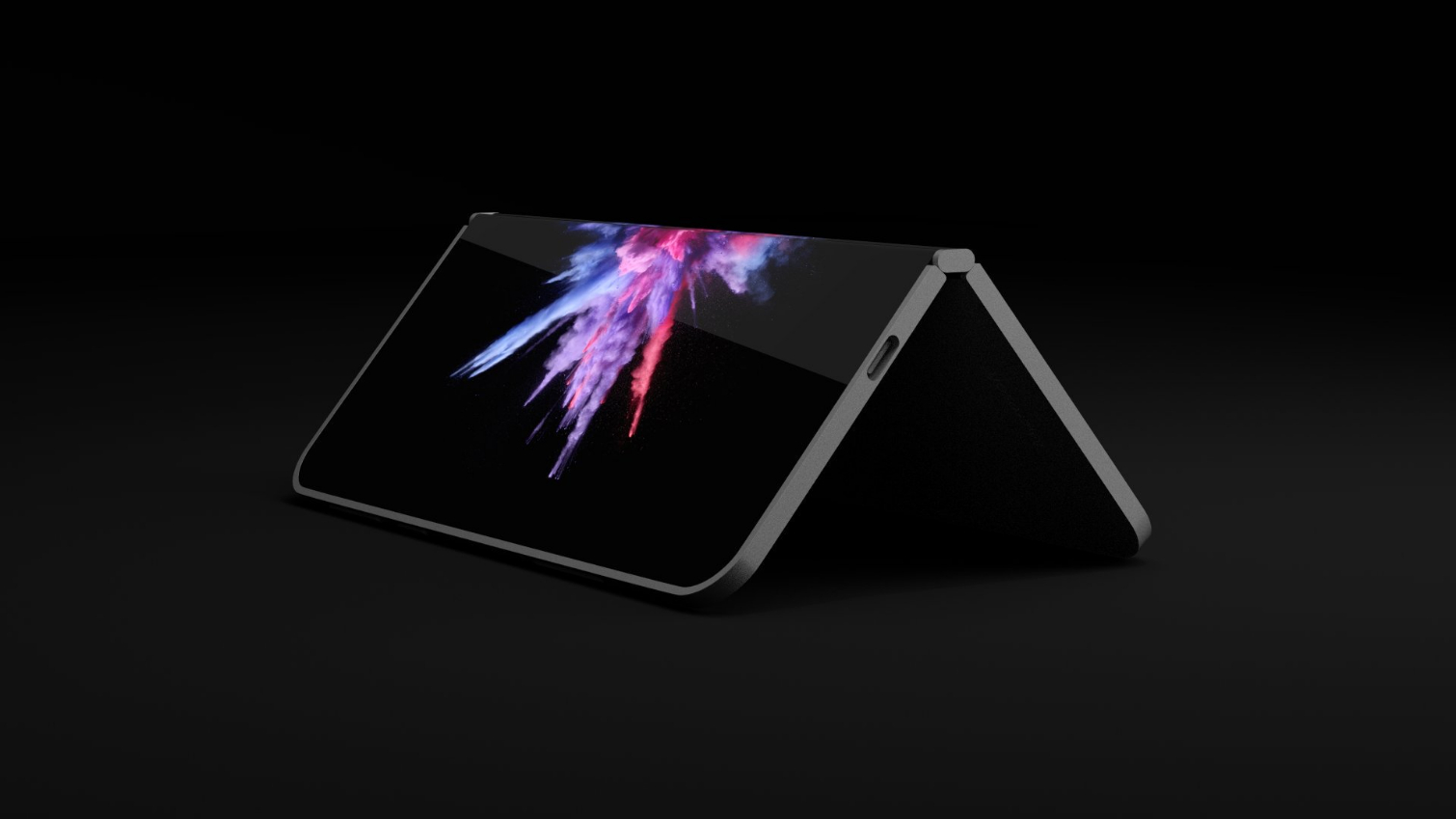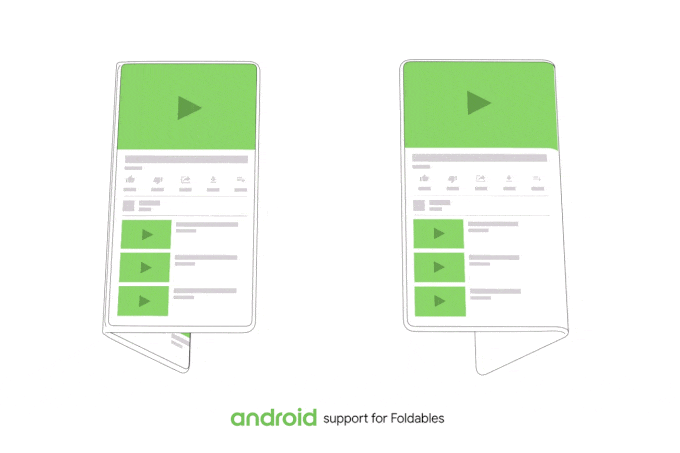Merging Mac, iOS Apps Is a No-Brainer for Apple
Bloomberg reports that Apple has an initiative in place to help developers to code once and deploy everywhere. It could also introduce the possibility of new hardware form factors.
Microsoft has been pushing developers into creating Progressive Web Apps (PWAs) or Universal Windows Platform (UWP) apps that can effectively run in everything from the small screen of the fabled Surface phone codenamed Andromeda to the 2-in-1 Centaurus double-screen laptop-tablet to the Surface Pro to the Surface Book to the Surface Studio.

Apple is allegedly going to push developers into merging Mac, iPhone, and iPad apps into one single executable sometime in 2021. Don’t worry, though: They are not killing the Mac (yet). And this is actually great news for everyone.
According to a Bloomberg report this week, the Cupertino company wants to make it easier to develop once and deploy everywhere through a new “multi step initiative” called Marzipan. That’s on the heels of Apple’s move last year to release UIKit, developer tools that make it easier to bring iOS apps over to the Macs.
What Apple’s planning
With Marzipan, the Bloomberg article says that Apple’s goal is to increase revenue by promoting the “easier” creation of software. But that’s quite naive. As any developer would tell you, even if the codebase is the same, there’s no such a thing as “easier” when it comes to develop to multiple platforms.
No matter how smooth Apple can make it work, streamlining development in the way Apple reportedly envisions will always come with higher costs associated with user interface development and hardware testing. But still, it will much better than having to maintain multiple projects for multiple hardware platforms.
The obvious benefit for consumers is that, in theory, the move will bring great apps to different Apple machines that previously weren’t there. Imagine a professional macOS app like Photoshop running on a MacBook as usual that turns into a touch-based version on iPad and then a further simplified version for a beefy iPhone. (An iOS version of Photoshop is in the works, at least for the iPad this year.) Likewise, an app like Netflix or Gmail will be able to effortlessly migrate to Apple laptop and desktop computers.

This move makes even more sense when you look at Apple’s rumored plans of using ARM-based Axx processors in its MacBooks. The iPad has shown the way, offering better performance than most laptops — it’s only limited by its RAM. There’s no doubt that Apple will put ARM processors in all of its computers sooner than later.
But the key here is that, even while Apple has said again and again that it is not planning to merge macOS and iOS, this development merging will effectively achieve that.
Apps will still be able to run in windowed mode on the desktop Macs. And the Finder will still be macOS’ app “launcher” for the time being — the same way that the iPhone or iPad springboards are iOS’s launchers.
But those are inconsequential differences. In effect, if apps run with a single codebase across iPhone, iPad, and Macs, then Apple would have effectively merged all the operating systems. The only thing that will change will be the user experience on each machine — the front end you put on it.
A new wave of morphing computing form factors
A move like this will allow Apple to explore new form factors the same way that Microsoft is doing with its Surface hardware or Google is doing with foldable phones or the rumored Android Q desktop mode.
Because the fact is that, while Apple is working to make this merge happen in 2021, those two companies are way ahead in developing a seamless operating system that can work across different form factors, morphing applications’ user experiences to adapt to those form factors.

Microsoft has been pushing developers into creating Progressive Web Apps (PWAs) or Universal Windows Platform (UWP) apps that can effectively run in everything from the small screen of the fabled Surface phone codenamed Andromeda to the 2-in-1 Centaurus double-screen laptop-tablet to the Surface Pro to the Surface Book to the Surface Studio.
All these machines will plug into the same Windows Core OS and offer slightly different user experience, with apps morphing to adopt to the features of whatever hardware they run in. And all of them will be available in single containers in the Microsoft Store, just like Apple reportedly plans to do with Marzipan apps.
And then there’s Google, which is taking the reverse path, prepping developers to create app that can run in everything from Android phones to foldable phones to 2-in-1 devices to Chromebooks.

The Mountain View company said last year that it was working to ensure that its OS and apps would work across different form factors seamlessly. In a blog post on the Android Developers site, the company noted that apps also needed to morph its UI along with the device itself. Something like YouTube should work in single-pane view and expand dynamically as you open the second pane of your phone.
Outlook
The next few years will see a total change in the way we understand computing, with the three big tech companies adopting for devices that can change shape and apps that can work across multiple devices seamlessly. Soon enough, we will no have to worry about which programs run where. Instead, we will just pick any device and have fun or do our jobs.
At last, computing has become exciting again.
Sign up to get the BEST of Tom's Guide direct to your inbox.
Get instant access to breaking news, the hottest reviews, great deals and helpful tips.
Jesus Diaz founded the new Sploid for Gawker Media after seven years working at Gizmodo, where he helmed the lost-in-a-bar iPhone 4 story and wrote old angry man rants, among other things. He's a creative director, screenwriter, and producer at The Magic Sauce, and currently writes for Fast Company and Tom's Guide.

